How to grow earthworms at home, what are the benefits of such an activity

Growing earthworms attracts with minimal costs and simplicity of the necessary equipment. The breeding technology is distinguished by its simplicity. It doesn't require a lot of labor. It is not necessary to have a room dedicated to growing.
At first, they can be bred right in the apartment. It is important to know that if you decide to start this business, you can earn income not only from the sale of worms, but also from the vermicompost and worm tea that they produce.
Content
- Why are earthworms useful?
- Kinds
- What kind of worms can be bred?
- What can you grow worms in?
- How to fill the nursery
- Feeding method
- Reproduction
- How to choose worms and humus from a nursery
- Methods of preparing for the sale of vermifarm products
- Assessment of economic indicators
Why are earthworms useful?
Earthworms are invertebrates that live in the upper soil layers. For nutrition, they require plant residues, bacteria, algae, nematodes - protozoa, fungi and their spores. Everything eaten passes through the digestive tract, mixing with the soil.
After processing, compost heaps become valuable fertilizer - humus. Under the influence of the digestive system without vertebrates, rotting organic matter becomes molecules of humic acids, which combine with trace elements present in soil.
As a result, calcium humates are formed. Thanks to this, the earth acquires a special structure.
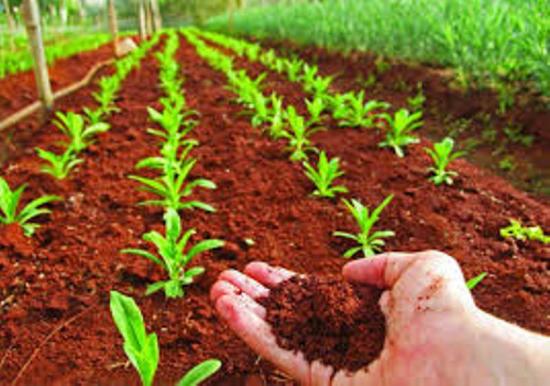
The substrate subjected to such processing is enriched with various enzymes, amino acids, vitamins, antibiotics, biologically active substances that disinfect pathogens. All this happens thanks to these invertebrates.
At the same time, they help ensure water and breathability of the soil. The presence of earthworms in the soil indicates its fertile qualities. If they feel good on the site, then harvest, grown on it will be wonderful.
Their number per square meter of dug up land should be at least 5 adult individuals. If there are fewer worms, organic fertilizers need to be added to the soil. It is important that these invertebrates help neutralize soil acidity, because they like neutral habitats.
Types of earthworms
There are a huge number of varieties of ground invertebrates of this species. The length of the largest representatives of this species sometimes exceeds two and a half meters. About a hundred varieties can be found in Russia and the CIS countries.
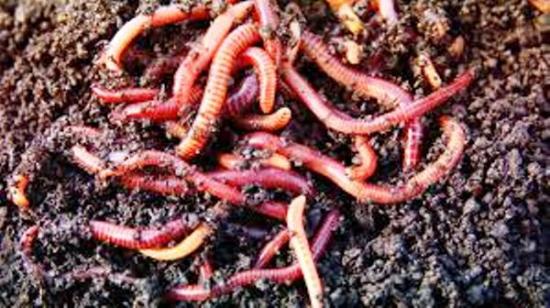
The five most common types are:
- Fetid - the length is usually 6-13 cm. It is so called because of the foul odor. It can be found in oily soils and manure. It has brown or red rings on its body.
- Terrestrial - creeping - its body length is 9-30 cm. It lives in various types of soils, common in alumina.
- Tetrahedral - body length 5-7 cm. The back half of the worm has a clearly defined tetrahedral shape. Distributed in moist substrates that are overgrown with moss or near bodies of water.
- Yellowish-green - body length 5-7 cm. Its color can be red, yellow, green. Not picky about soil moisture.
- Reddish - the body sometimes reaches 15 cm. Usually colored red-brown or purple. Prefers moisturized humus.
What kind of worms can be bred?
In order for earthworm breeding as a business to be profitable, you do not need to buy special species. It will be enough to collect representatives of this species living in their own area. This will help speed up the process of getting offspring, and they will get used to the farm much better.
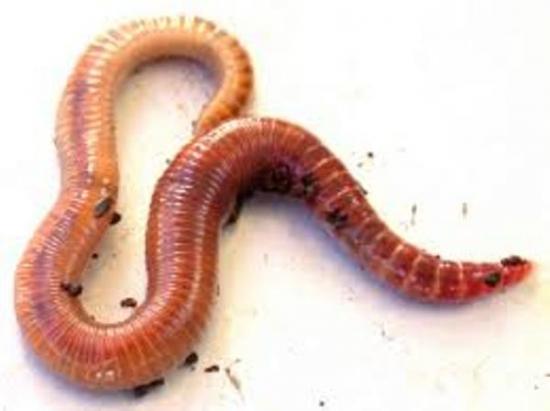
In other words, you can assemble them yourself. To do this, you will need to dig a small hole in the area, fill it with humus and rotted leaves, lightly water it with rain or settled water and cover it with boards or plywood. After 7-10 days, enough invertebrates will gather there. They must be taken from the ground where they were collected.
For invertebrate breeding to be profitable, the density per square meter must be 1000 pieces.
What can you grow worms in?
To make a nursery, you can adapt almost everything that comes to hand:
- old refrigerator - after removing all the insides from it, install it horizontally so that the door is at the top. It is necessary to make holes in the housing for ventilation. Install stands from below, providing a slight angle of inclination to ensure the stack of vermicelli;
- wooden boxes - boards 2.5 cm thick are useful for their manufacture. The most optimal size of the box is 100x200x50 cm. It is necessary to provide perforation in the bottom, designed to drain worm tea. Place on stands on an incline.The corners and joints of the boards must be covered with tin tape. Be mindful of the vents and the lid. It needs to be knocked down from boards or plywood;
- Cardboard boxes are the simplest and most cost-effective way to make a nursery for worms. The dimensions of the box must be more than 30x40 centimeters. Ventilation holes are not needed because air flows through the cardboard perfectly. When the cardboard starts to get wet, you can put it inside a new one, and the worms will eat the old one;
- plastic containers are quite expensive containers for a worm farm. Complete tightness is the negative side of the container. For this reason, it is necessary to drill many ventilation holes on all sides and drainage holes in the bottom;
- - a vermicomposter - a device for a farm - is the most convenient option, but has a fairly high cost.
How to fill the nursery
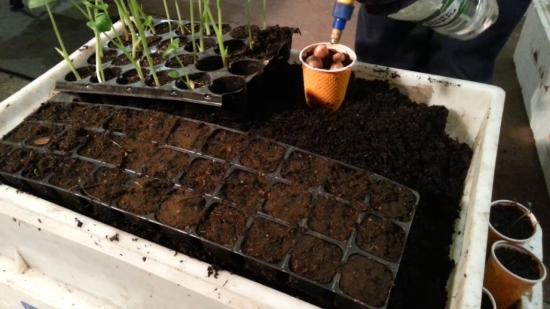
The box chosen as a nursery intended for cultivation must be filled halfway with humus, to which pieces of newsprint or cardboard have been added. Then the mixture must be moistened to such an extent that when squeezing the prepared substrate, water does not release.
After this, leave the prepared mixture for several days so that ammonia is released from it, because it is harmful to earthworms.
After 2-3 days, the nursery can be populated with new residents, captured using the method described above. In the substrate with which the nursery is filled, make a small depression and place the worms in it along with soil, collected with them. Then cover the recess with the substrate and cover the container with a lid.
Leave the nursery alone for 3-4 days. This is necessary for their adaptation.
After the specified period, open the nursery and see if the worms have spread throughout the container. If this happens, then their adaptation was successful and now you can start feeding them.
Do not forget that substrate in the nursery it should not dry out or be too waterlogged. This could lead to the death of the farm.
Noise and vibration are the main enemies of the farm. They have a detrimental effect on the reproduction process, which may decrease or stop altogether.
Feeding method
The question immediately arises: what to feed worms at home? Breeding dung worms will help get rid of the accumulation of household waste. Compost, prepared from them is the best food suitable for feeding these invertebrates.
To prepare it you can use:
- tree foliage;
- eggshells;
- manure;
- fruit and vegetable peelings;
- grass;
- bakery waste;
- tea and coffee grounds.
Care must be taken to ensure that pet excrement does not get into the compost mixture, especially when they are treated with dewormers. In addition, you need to carefully monitor so that no garlic and onion peels, citrus peels, oils, fats, dairy products, fish or meat waste.
Place the prepared mixture in a ten-centimeter layer on top of the substrate filling the nursery. Feeding should be done every 7-10 days.
The main indicator of the need for the next feeding is moistened paper, which should be used to cover the compost after feeding. As soon as invertebrates start eating it, you need to add compost.
Reproduction
Worms reach sexual maturity at 8-12 weeks of age. It lasts 4 months.During this period, each individual lays one cocoon weekly, from which 5-20 worms hatch after 20-30 days. The population size will increase almost 50 times in six months.
Control this carefully, remember that the maximum allowable quantity per 1 square meter is 1000 pieces, because if overpopulated they will die of starvation.
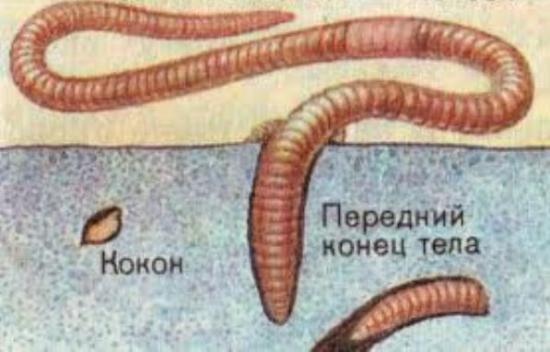
How to choose worms and humus from a nursery
Five months after settling the nursery, it is necessary to sort. It is necessary to carefully remove the top layer of the substrate, remove priming. Now you can remove the humus, which is located in the lower part of the nursery.
Sort out the worms. Prepare large ones for sale, and send small ones for growing. The worms can be sold to fishermen or to a pet store. In addition to them, you can start selling humus and tea, which are in fairly high demand among gardeners and flower growers.
The ability to collect tea appears thanks to the hole provided in the bottom of the box, used as a nursery, and the slope when installing it. This is environmentally friendly natural fertilizer.
Methods of preparing for the sale of vermifarm products
Pre-sale preparation includes proper packaging and storage of manufactured products.
Worms are packaged in tight bags with ventilation holes. It is necessary to store them in a cool place, which will help reduce their activity. There should be a sufficient amount of soil inside the bag.
Families intended for breeding are packed in cardboard boxes. The family must include adults, young animals and cocoons.
Biohumus is an oily mass with a dark color.It is collected using a scoop after the worms are removed from the nursery, then dried, sifted using a sieve and packaged. The fertilizer is stored at a temperature of -20+30 degrees Celsius. It should not be frozen because this may lead to loss of biological value.
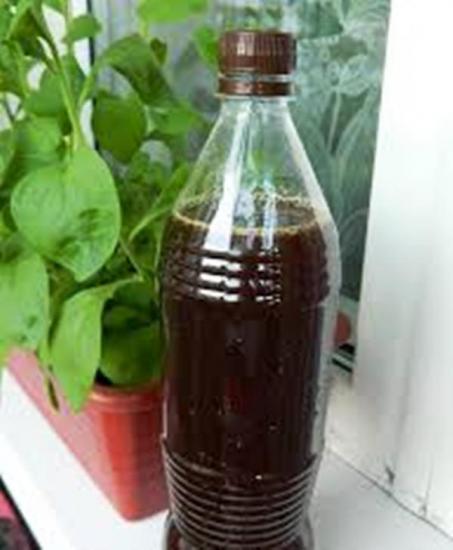
Before sale, vermichai is bottled in plastic. Remember to indicate the expiration date of the solution.
Assessment of economic indicators
From one nursery with an area of one square meter you can get up to 10,000 individuals. If you sell at an average of 3 rubles per person, the profit for the year will be up to 30 thousand rubles. The calculation does not take into account the possibility of selling vermicelli and vermicompost.
The conclusion suggests itself: by growing invertebrates only for sale to fishermen, even from a meter of area you can get a decent income. And if you take into account the simplicity required for maintenance and cultivation, the minimum costs, the business can be called profitable.

In addition, the issue of disposal of household waste will be resolved. The question will disappear: how to get rid of it, another one will appear - where to get it?
A very interesting offer for business. Not difficult, not expensive. You can also try. If you can’t sell it, release the invertebrates into the beds, use the humus when replanting indoor plants, and we’re about to water it seedlings.
To learn more about the process of growing worms, as well as about the useful products that can be obtained as a result of such activities, you can watch this interesting video:

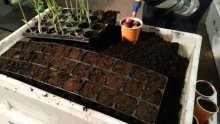
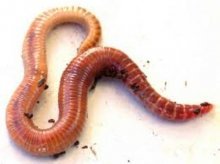

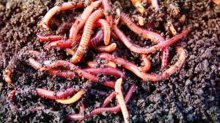
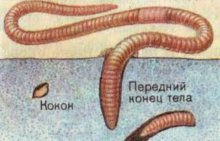

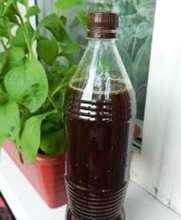
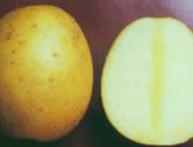

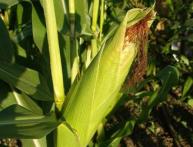

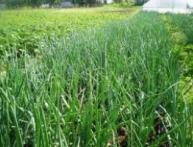



Comments
The occupation is really profitable, somehow I never thought that this could be done, but it turns out that someone is doing this work. We have a lot of earthworms on our plot and the harvest is really good.
I’m not sure that now everyone will start growing worms) By the way, about five years ago the Internet was excited about the profitability of the Red California Worms business. And where are these worms now? And where are those who were involved in that business now? So I think there are more important things to do than breeding worms)
Well, it depends on who cares what is important :) Our godfather loves to go fishing, so he buys these worms, and for a lot of money. You can find a sales market. It seems to me that the psychological aspect may be problematic - they are not very attractive, these worms :)))
The main thing is to have your own home, then growing worms will be without problems, the main thing is to follow the above tips and everything will definitely work out. Judging by the description, the worms are unpretentious; you need to grow them primarily for your garden.